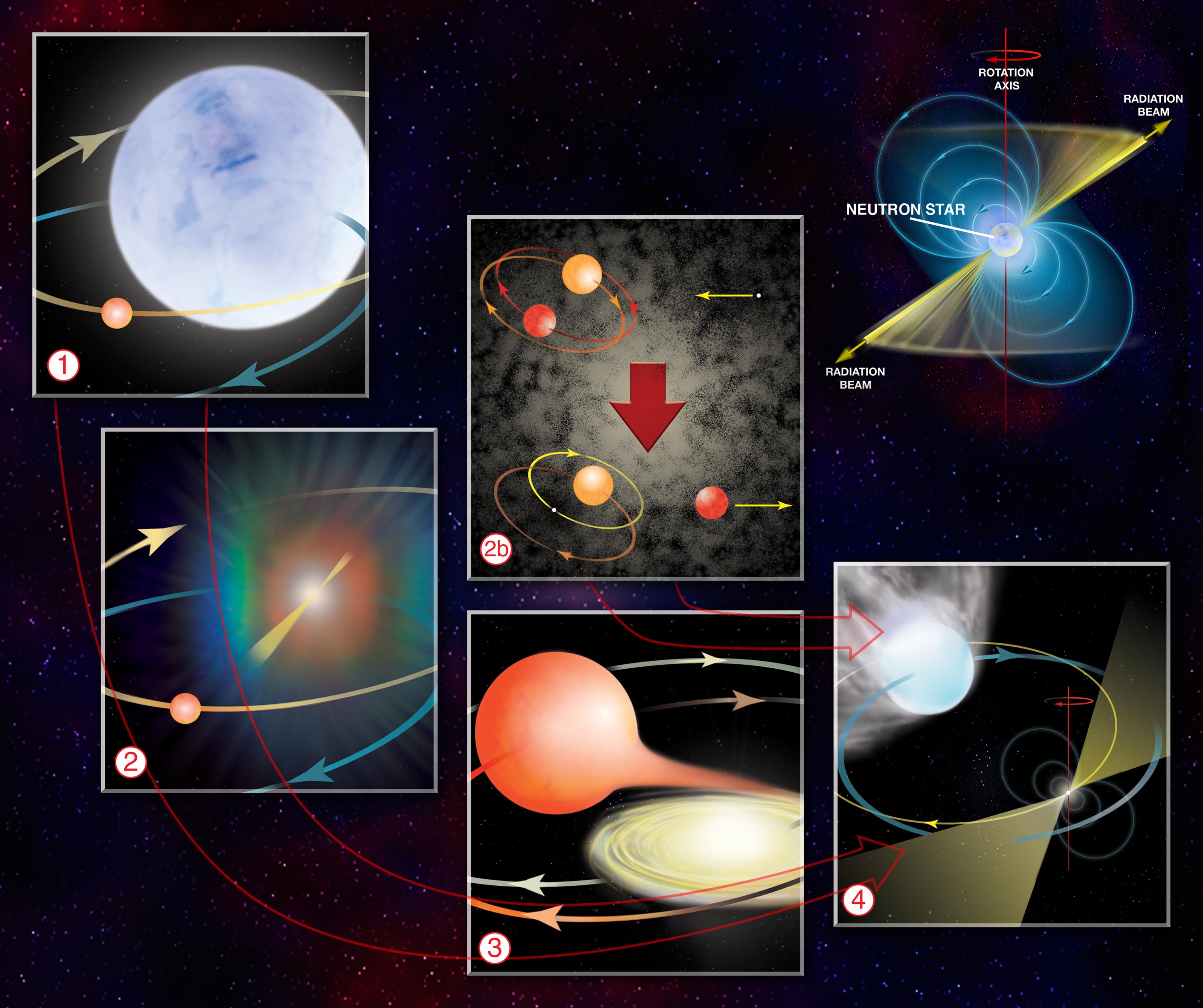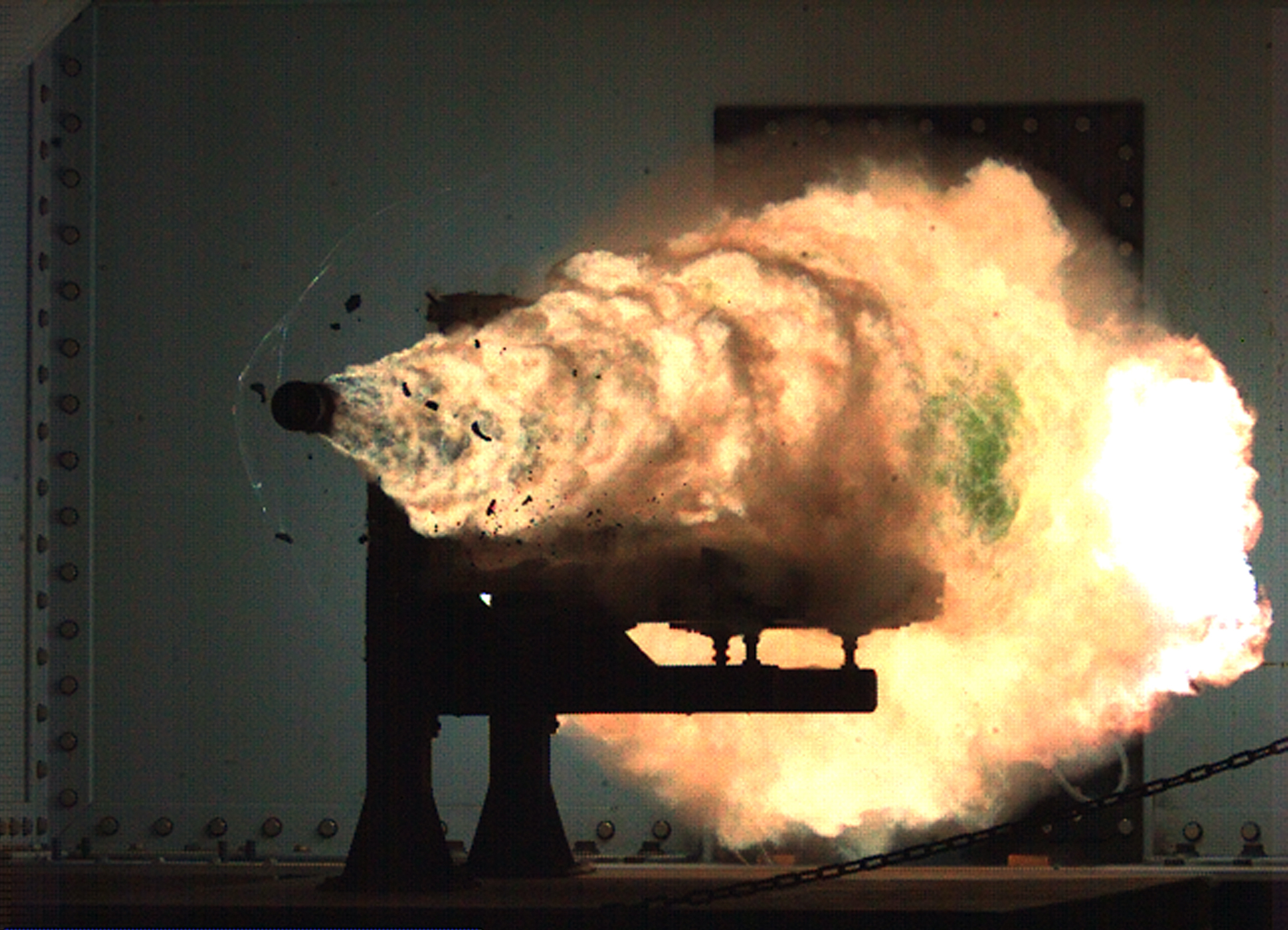|
U.S. Naval Research Lab
The United States Naval Research Laboratory (NRL) is the corporate research laboratory for the United States Navy and the United States Marine Corps. Located in Washington, DC, it was founded in 1923 and conducts basic scientific research, applied research, technological development and prototyping. The laboratory's specialties include plasma physics, space physics, materials science, and tactical electronic warfare. NRL is one of the first US government scientific R&D laboratories, having opened in 1923 at the instigation of Thomas Edison, and is currently under the Office of Naval Research. As of 2016, NRL was a Navy Working Capital Fund activity, which means it is not a line-item in the US Federal Budget. Instead of direct funding from Congress, all costs, including overhead, were recovered through sponsor-funded research projects. NRL's research expenditures were approximately $1 billion per year. Research The Naval Research Laboratory conducts a wide variety of b ... [...More Info...] [...Related Items...] OR: [Wikipedia] [Google] [Baidu] |
National Security
National security, or national defence (national defense in American English), is the security and Defence (military), defence of a sovereign state, including its Citizenship, citizens, economy, and institutions, which is regarded as a duty of government. Originally conceived as protection against Offensive (military), military attack, national security is widely understood to include also non-military dimensions, such as the security from terrorism, minimization of crime, economic security, energy security, environmental security, food security, and Computer security, cyber-security. Similarly, national security risks include, in addition to the actions of other State (polity), states, action by violent non-state actors, by narcotic cartels, organized crime, by multinational corporations, and also the effects of natural disasters. Governments rely on a range of measures, including Political power, political, Economic power, economic, and military power, as well as diplomacy, to ... [...More Info...] [...Related Items...] OR: [Wikipedia] [Google] [Baidu] |
Cognitive Science
Cognitive science is the interdisciplinary, scientific study of the mind and its processes. It examines the nature, the tasks, and the functions of cognition (in a broad sense). Mental faculties of concern to cognitive scientists include perception, memory, attention, reasoning, language, and emotion. To understand these faculties, cognitive scientists borrow from fields such as psychology, economics, artificial intelligence, neuroscience, linguistics, and anthropology.Thagard, PaulCognitive Science, ''The Stanford Encyclopedia of Philosophy'' (Fall 2008 Edition), Edward N. Zalta (ed.). The typical analysis of cognitive science spans many levels of organization, from learning and decision-making to logic and planning; from neuron, neural circuitry to modular brain organization. One of the fundamental concepts of cognitive science is that "thinking can best be understood in terms of representational structures in the mind and computational procedures that operate on those structur ... [...More Info...] [...Related Items...] OR: [Wikipedia] [Google] [Baidu] |
Vanguard I
Vanguard 1 (Harvard designation: 1958-Beta 2, COSPAR ID: 1958-002B ) is an American satellite that was the fourth artificial Earth-orbiting satellite to be successfully launched, following Sputnik 1, Sputnik 2, and Explorer 1. It was launched 17 March 1958. Vanguard 1 was the first satellite to have solar electric power. Although communications with the satellite were lost in 1964, it remains the oldest man-made object still in orbit, together with the upper stage of its launch vehicle. Vanguard 1 was designed to test the launch capabilities of a three-stage launch vehicle as a part of Project Vanguard, and the effects of the space environment on a satellite and its systems in Earth orbit. It also was used to obtain geodetic measurements through orbit analysis. Vanguard 1, being small and light enough to carry with one hand, was described by the Soviet Premier, Nikita Khrushchev, as "the grapefruit satellite". Spacecraft design The spacecraft is a aluminum sphere in d ... [...More Info...] [...Related Items...] OR: [Wikipedia] [Google] [Baidu] |
Project Vanguard
Project Vanguard was a program managed by the United States Navy Naval Research Laboratory (NRL), which intended to launch the first Satellite, artificial satellite into low Earth orbit using a Vanguard (rocket), Vanguard rocket as the launch vehicle from Cape Canaveral Space Force Station, Cape Canaveral Missile Annex, Florida. In response to the launch of Sputnik 1 on 4 October 1957, the U.S. restarted the Explorers Program, Explorer program, which had been proposed earlier by the Army Ballistic Missile Agency (ABMA). Privately, however, the Central Intelligence Agency (CIA) and Dwight D. Eisenhower, President Dwight D. Eisenhower were aware of progress being made by the Soviet people, Soviets on Sputnik from secret spy plane imagery. Together with the Jet Propulsion Laboratory (JPL), ABMA built Explorer 1 and launched it on 1 February 1958 (Coordinated Universal Time, UTC). Before work was completed, however, the Soviet Union launched a second satellite, Sputnik 2, on 3 Nove ... [...More Info...] [...Related Items...] OR: [Wikipedia] [Google] [Baidu] |
Millisecond Pulsar
A millisecond pulsar (MSP) is a pulsar with a rotational period less than about 10 milliseconds. Millisecond pulsars have been detected in radio pulsar, radio, X-ray pulsar, X-ray, and gamma ray portions of the electromagnetic spectrum. The leading hypothesis for the origin of millisecond pulsars is that they are old, rapidly rotating neutron stars that have been spun up or "recycled" through Accretion (astrophysics), accretion of matter from a companion star in a close binary system. For this reason, millisecond pulsars are sometimes called recycled pulsars. Origins Millisecond pulsars are thought to be related to low-mass X-ray binary systems. It is thought that the X-rays in these systems are emitted by the accretion disk of a neutron star produced by the outer layers of a companion star that has overflowed its Roche lobe. The transfer of angular momentum from this accretion event can increase the rotation rate of the pulsar to hundreds of times per second, as is observed in mi ... [...More Info...] [...Related Items...] OR: [Wikipedia] [Google] [Baidu] |
Extremely High Frequency
Extremely high frequency (EHF) is the International Telecommunication Union designation for the band of radio frequencies in the electromagnetic spectrum from 30 to 300 gigahertz (GHz). It is in the microwave part of the radio spectrum, between the super high frequency band and the terahertz band. Radio waves in this band have wavelengths from ten to one millimeter, so it is also called the millimeter band and radiation in this band is called millimeter waves, sometimes abbreviated MMW or mmWave. Some define mmWaves as starting at 24 GHz, thus covering the entire FR2 band (24.25 to 71 GHz), among others. Compared to lower bands, radio waves in this band have high atmospheric attenuation: they are absorbed by the gases in the atmosphere. Absorption increases with frequency until at the top end of the band the waves are attenuated to zero within a few meters. Absorption by humidity in the atmosphere is significant except in desert environments, and attenuation by rain ( rain f ... [...More Info...] [...Related Items...] OR: [Wikipedia] [Google] [Baidu] |
Graphene
Graphene () is a carbon allotrope consisting of a Single-layer materials, single layer of atoms arranged in a hexagonal lattice, honeycomb planar nanostructure. The name "graphene" is derived from "graphite" and the suffix -ene, indicating the presence of double bonds within the carbon structure. Graphene is known for its exceptionally high Ultimate tensile strength, tensile strength, Electrical resistivity and conductivity, electrical conductivity, Transparency and translucency, transparency, and being the thinnest two-dimensional material in the world. Despite the nearly transparent nature of a single graphene sheet, graphite (formed from stacked layers of graphene) appears black because it absorbs all visible light wavelengths. On a microscopic scale, graphene is the strongest material ever measured. The existence of graphene was first theorized in 1947 by P. R. Wallace, Philip R. Wallace during his research on graphite's electronic properties, while the term ''graphen ... [...More Info...] [...Related Items...] OR: [Wikipedia] [Google] [Baidu] |
Railgun
A railgun or rail gun, sometimes referred to as a rail cannon, is a linear motor device, typically designed as a ranged weapon, that uses Electromagnet, electromagnetic force to launch high-velocity Projectile, projectiles. The projectile normally does not contain explosives, instead relying on the projectile's high kinetic energy to inflict damage. The railgun uses a pair of parallel rail-shaped Electrical conductor, conductors (simply called rails), along which a sliding projectile called an Armature (electrical engineering), armature is accelerated by the electromagnetic effects of a current that flows down one rail, into the armature and then back along the other rail. It is based on principles similar to those of the homopolar motor. As of 2020, railguns have been researched as weapons utilizing electromagnetic forces to impart a very high kinetic energy to a projectile (e.g. APFSDS, dart ammunition) rather than using conventional propellants. While explosive-powered milita ... [...More Info...] [...Related Items...] OR: [Wikipedia] [Google] [Baidu] |
Oceanography
Oceanography (), also known as oceanology, sea science, ocean science, and marine science, is the scientific study of the ocean, including its physics, chemistry, biology, and geology. It is an Earth science, which covers a wide range of topics, including ocean currents, waves, and geophysical fluid dynamics; fluxes of various chemical substances and physical properties within the ocean and across its boundaries; ecosystem dynamics; and plate tectonics and seabed geology. Oceanographers draw upon a wide range of disciplines to deepen their understanding of the world’s oceans, incorporating insights from astronomy, biology, chemistry, geography, geology, hydrology, meteorology and physics. History Early history Humans first acquired knowledge of the waves and currents of the seas and oceans in pre-historic times. Observations on tides were recorded by Aristotle and Strabo in 384–322 BC. Early exploration of the oceans was primarily for cartography and mainly ... [...More Info...] [...Related Items...] OR: [Wikipedia] [Google] [Baidu] |
Meteorology
Meteorology is the scientific study of the Earth's atmosphere and short-term atmospheric phenomena (i.e. weather), with a focus on weather forecasting. It has applications in the military, aviation, energy production, transport, agriculture, construction, weather warnings and disaster management. Along with climatology, atmospheric physics and atmospheric chemistry, meteorology forms the broader field of the atmospheric sciences. The interactions between Earth's atmosphere and its oceans (notably El Niño and La Niña) are studied in the interdisciplinary field of hydrometeorology. Other interdisciplinary areas include biometeorology, space weather and planetary meteorology. Marine weather forecasting relates meteorology to maritime and coastal safety, based on atmospheric interactions with large bodies of water. Meteorologists study meteorological phenomena driven by solar radiation, Earth's rotation, ocean currents and other factors. These include everyday ... [...More Info...] [...Related Items...] OR: [Wikipedia] [Google] [Baidu] |
Information Security
Information security is the practice of protecting information by mitigating information risks. It is part of information risk management. It typically involves preventing or reducing the probability of unauthorized or inappropriate access to data or the unlawful use, Data breach, disclosure, disruption, deletion, corruption, modification, inspection, recording, or devaluation of information. It also involves actions intended to reduce the adverse impacts of such incidents. Protected information may take any form, e.g., electronic or physical, tangible (e.g., Document, paperwork), or intangible (e.g., knowledge). Information security's primary focus is the balanced protection of data confidentiality, data integrity, integrity, and data availability, availability (also known as the 'CIA' triad) while maintaining a focus on efficient policy implementation, all without hampering organization productivity. This is largely achieved through a structured risk management process. To stand ... [...More Info...] [...Related Items...] OR: [Wikipedia] [Google] [Baidu] |








